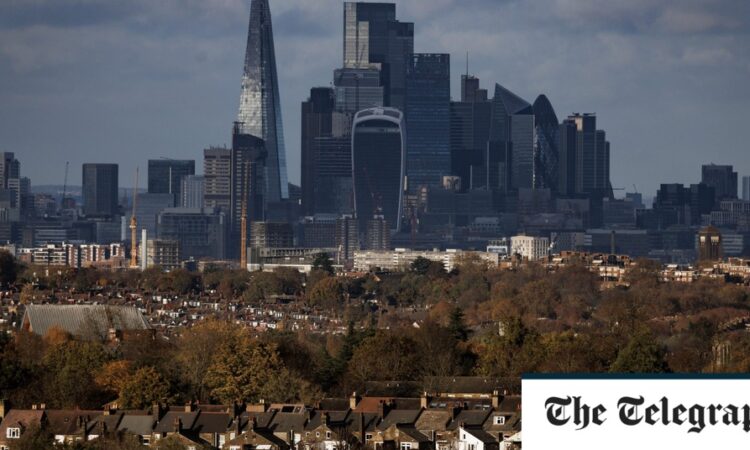
Yet the overwhelming reason for this was the fallback in global energy and commodity prices. By contrast, many of the domestic factors influencing UK inflation continued to perform badly. Mostly because of a rise in long-term sickness, the number of people able and willing to work is still no higher than it was before the pandemic.
If labour supply had evolved in line with previous trends, we would have expected the workforce to have increased by about 1 million people. Consequently, the rate of recorded unemployment has risen only modestly.
In these circumstances, it is unsurprising that UK pay inflation has continued to be a serious problem. It reached 9.3pc in June. It is currently running at about 7pc, well above the rate of about 3pc that would be consistent with achieving the 2pc inflation target.
For much of the year, price inflation was running ahead of pay inflation so average real incomes were falling. That started to change in July when price inflation fell back below average pay inflation. Thereafter, real incomes continued to rise, albeit only moderately.
The earlier pressure on real incomes, aided by the slow build-up of financial strains as people gradually came off fixed rate mortgage deals to face much higher interest rates, meant that consumers’ expenditure was under the cosh. Even so, over the year it just about managed to edge up.
One part of my forecast which proved to be wrong was the housing market. Although house prices fell in the early part of the year, later they started to recover.
Interestingly, not for the first time, the other property market, namely commercial – covering offices, shops and industrial premises – was different. As forecast, it has had a dire time, with prices down by 20pc since Q2 last year.






